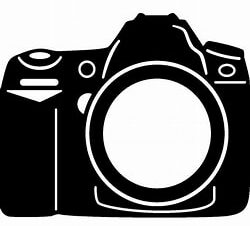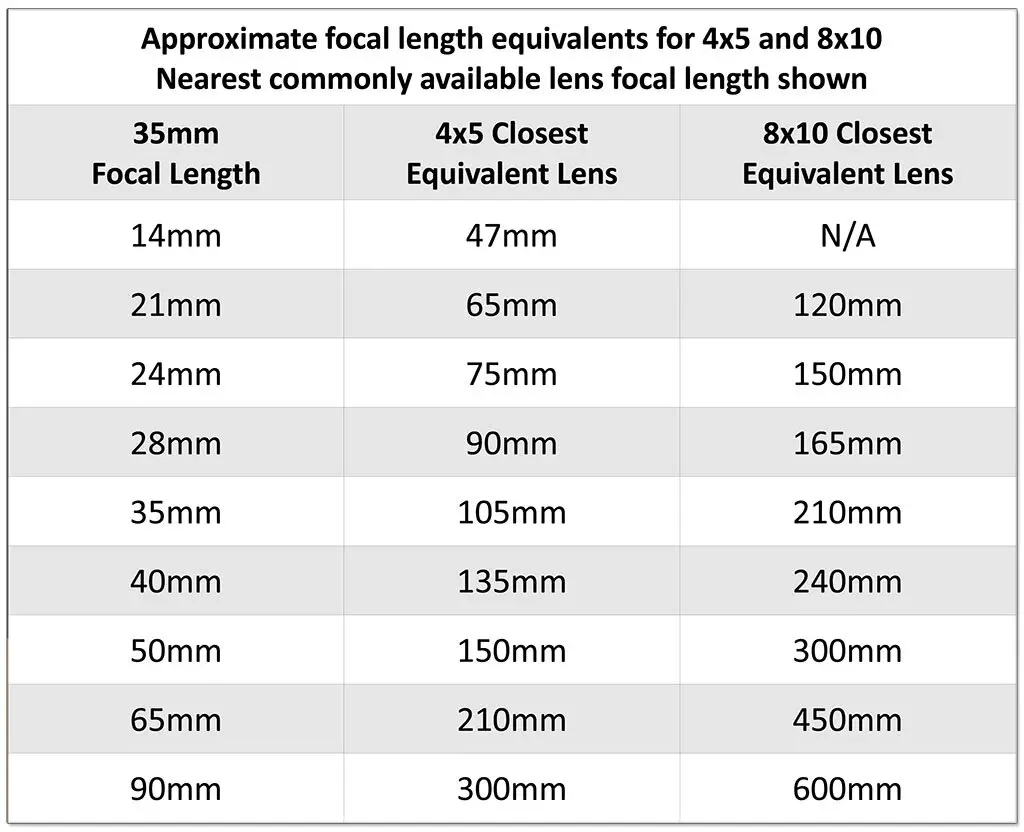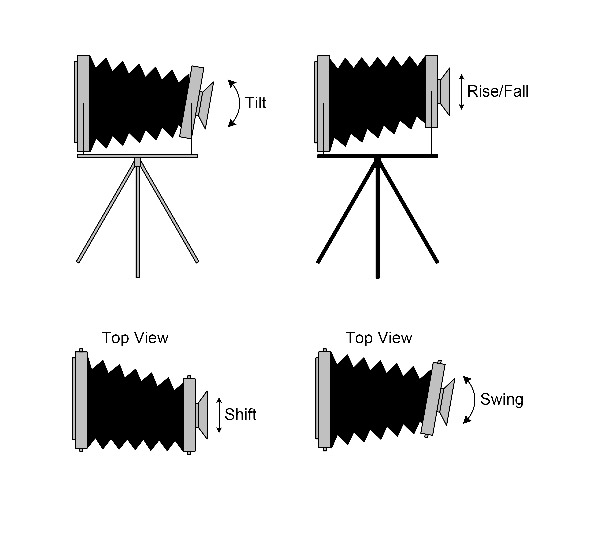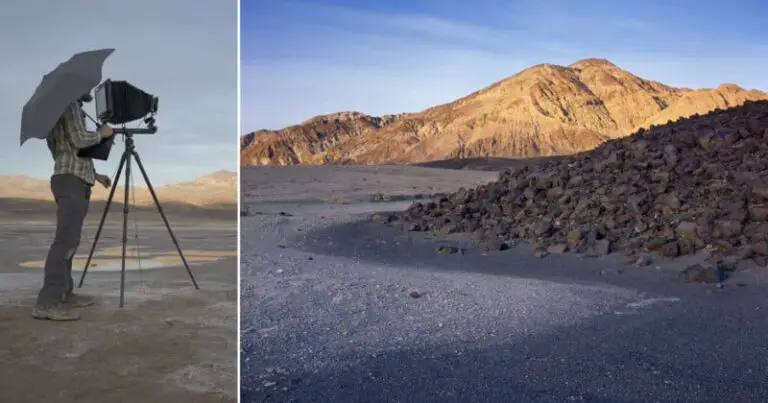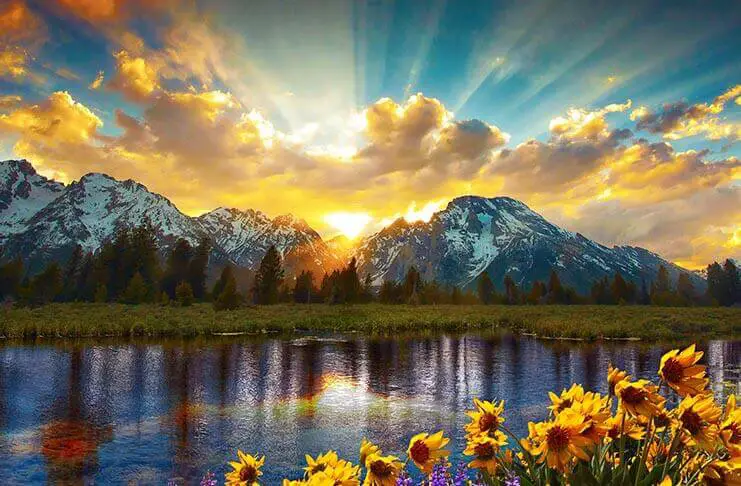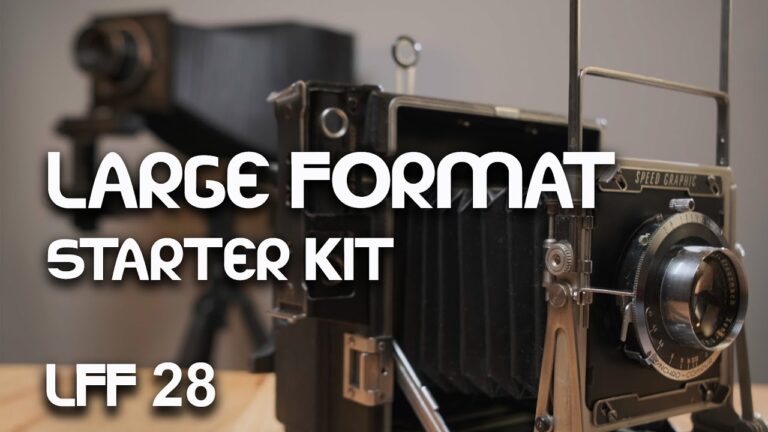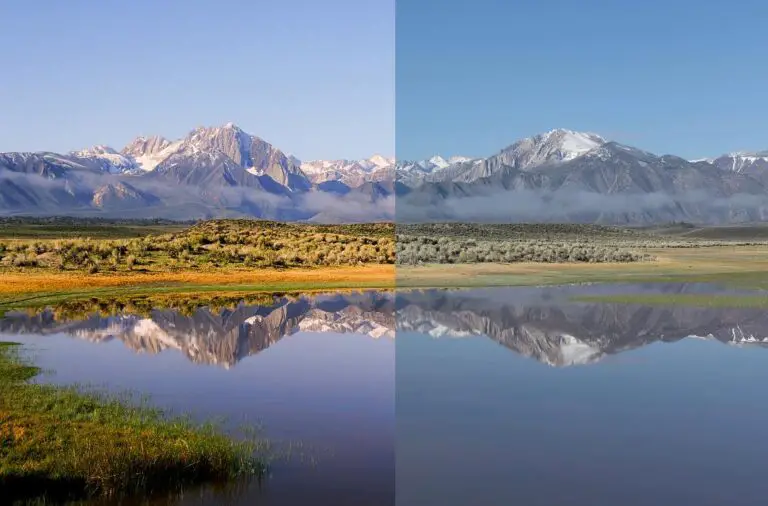Choosing the Right Focal Lengths and Apertures for Large Format Lenses
In the realm of photography, lenses are the eyes to the worlds we capture. For large format photographers, the choice of these lenses—specifically, the focal lengths and apertures—can mean the difference between a stunning masterpiece and a snapshot that just didn’t quite translate the grandeur of the moment. If you’re just starting out or are a seasoned large format photography professional, this comprehensive guide will aid you in navigating the intricate choices of lens elements for superior photo execution.
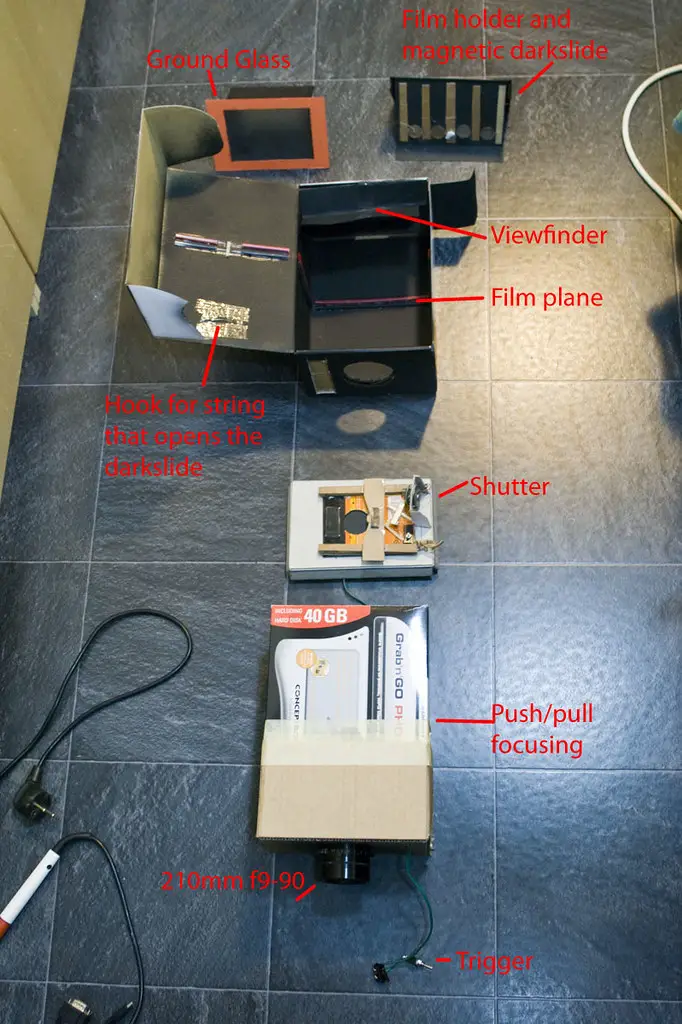
Introduction
Large format photography, characterized by its use of large film or image sensors, is renowned for its exceptional image quality and detail. Its large negatives or digital files allow for stunning enlargements without losing clarity, making it a favorite for landscape, architectural, and fine art photographers. The focus here is on two critical components of any lens system—the focal length and aperture—and how to harmonize them with your artistic vision.
When it comes to large format lenses, the weight of one choice can tilt the whole seesaw, affecting everything from the perspective to the depth of field in consequent visuals. But fear not, as an understanding of these variables not only marks one’s technical prowess but also unleashes a world of creativity and expression unique to this beloved format.
Understanding Focal Lengths
Focal length is the first variable a large format photographer usually considers when reaching for a lens. It is the distance between the lens’s optical center and the film plane when the lens is focused at infinity. This distance influences the composition of the shot, relative sizes of objects, and the perspective observed.
In large format photography, lenses typically range from ultra-wide to telephoto, each excelling in distinct environments.
The Impact on Composition and Perspective
A wide-angle lens, such as a 90mm, creates an expanse in the image, ideal for interior photography or capturing a sweeping landscape. It effectively exaggerates the sense of depth and can lead to dynamic compositions. On the contrary, telephoto lenses will compress elements in the frame, making distant objects appear much closer to the foreground, which is fantastic for isolating subjects against a distant backdrop.
Common Focal Lengths
For large format photography, common focal lengths include:
- 65mm – Extremely wide, best for expansive landscapes and dramatic close-ups
- 90mm – A standard wide-angle lens capable of encompassing broad scenes
- 150mm – A versatile lens with a natural perspective
- 300mm – The start of the telephoto range, perfect for detail shots and flattening perspective
Exploring Aperture Settings
The aperture of a lens, typically indicated by an F-number (e.g., f/1.8, f/16), controls the quantity of light entering the camera. It consists of a series of blades that can form a circle of varying diameters, altering the depth of field and, consequently, the exposure of the image.
Depth of Field and Light Control
A wider aperture (a lower f-stop number) lets in more light, resulting in a smaller depth of field. This shallow depth isolates the subject from the background, creating a beautiful bokeh effect in portraits or macro photography. Conversely, a smaller aperture (a higher f-stop number) increases the depth of field, keeping more elements in focus, making it ideal for landscapes.
Ideal Apertures for Different Scenarios
In large format, where detail reigns, the sweet spot of an aperture lies typically between f/16 and f/32. These ranges provide a depth of field suitable for most landscape and architectural photography, keeping both near and distant subjects sharp.
Factors Influencing Lens Choice
When selecting a lens, it’s crucial to consider the specific factors that will influence the final image. Some of these factors include:
Subject and Space
Understanding the size and nature of your subject, as well as the available space to work in, will dictate the type of lens you need. For instance, a tight interior shot might require a 65mm ultra-wide lens, while a distant mountain might need a 300mm telephoto to bring it closer.
Technical Requirements
High-resolution tasks, such as architectural photography or capturing fine details, may necessitate the use of a small aperture to maintain sharpness across the frame. Likewise, if capturing a flowing waterfall, you might opt for a wide-angle lens and a slower shutter speed to achieve the desired motion blur in the water.
Creative Vision
Your individual creative vision and the message you want to convey through your photography will heavily influence your lens choice. A photographer who wants to emphasize the isolation of a subject amidst a large landscape will likely choose a longer lens with a wider aperture to blur the surroundings.
Tips for Selecting the Right Lens
The selection of a lens for any photography is a delicate dance of art and science. Here are some tips to ensure you pirouette to the perfect one:
Match Focal Lengths and Apertures to Photographic Goals
Before you even look at your lenses, understand your photographic goals. Are you after the grand or the intimate? Adjust your focal length choice accordingly. Secondly, what is the lighting condition, and how much detail do you wish to capture? These will lead you to the right aperture setting.
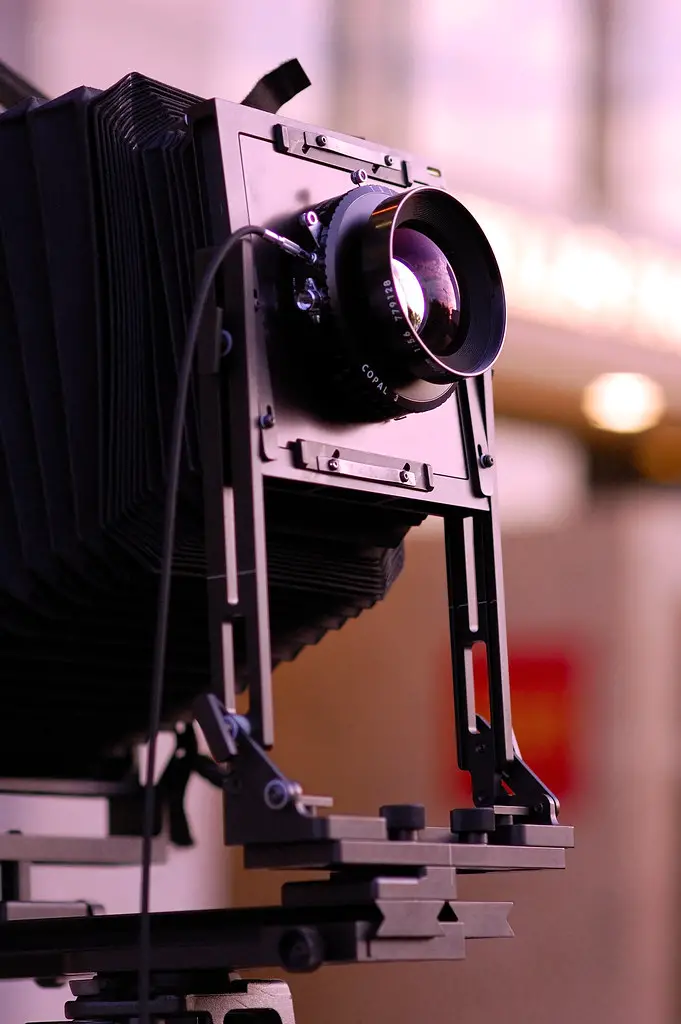
Balancing Creativity with Technical Aspects
While an artistic pursuit, photography—especially large format—requires a strong foundation in technical adjustments. Balance your creative yearnings with a sound understanding of how the lenses’ technical aspects will render your vision. Remember, a lens can forgive a ton of artistic sins if the accompanying technique is solid.
Conclusion
In the world of large format photography, the lens you choose is the brush to your painterly canvas. It has the power to warp reality, edge it in fantasy, or anchor it in documentary-style reality. But tools are just that—tools. Without a skilled hand and an informed mind guiding them, they remain inert.
Crafting images with a large format camera is a series of considered choices, often made quickly but honed over years of practice. The choice of focal lengths and apertures instills each photograph with life, and by understanding how to wield these in tandem, you open the door to a world of expressive potential.
Go forth now, armed with a fresh understanding of these fundamental aspects of lens choice. May your photographs sing with the clarity of the large format’s traits and the distinct voice of your own unique style. The landscape is waiting, and through your lens, it yearns to be reimagined.
